| Principals Stephanie Cook, Stephanie L. O’Rourke, and Shelly Master’s recent feature in Construction News Magazine. In the article, “Women in Construction? That’s every week at Cokinos | Young”, they discuss how our firm celebrates women in construction daily and their thoughts on the evolving industry of construction. Read the full article here. |
Posts By: Chris Wielinski
6 Cokinos | Young Attorneys Named 2022 Texas Rising Stars by Super Lawyers®
Cokinos | Young is pleased to announce that six of its attorneys have been recognized on the 2022 Texas Rising Stars list of exceptional young attorneys. Rising Stars is a ranking service based on a statewide survey, peer nominations, and independent research of Thomson Reuters. Less than 2.5 percent of Texas attorneys are chosen for this prestigious distinction. To be eligible, lawyers must be 40 years old or younger, or in practice for 10 years or less. View the full digital edition here.
For 32 years, Cokinos | Young has led the way in smart, knowledgeable construction & commercial real estate law. Today, our team of over 100 dedicated professionals provides all aspects of construction law to general contractors, project managers, design professionals, subcontractors, material and equipment suppliers, sureties, insurance companies, owner/developers, and lenders. We provide both transactional and litigation services to clients in commercial, industrial, civil, pipeline, offshore, heavy highway, and residential construction. And we’re growing beyond Texas with offices open coast-to-coast. Savvy. Tough. Dedicated. That’s Cokinos.
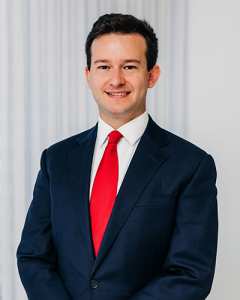
Construction Litigation
Houston

Business Litigation
San Antonio

Civil Litigation: Defense
Houston

Business Litigation
Dallas

Construction Litigation
Houston

Construction Litigation
Houston
Parker Fauntleroy, Marshall Holmes, and Costa Economides Secure Jury Trial Victory
Parker Fauntleroy, Marshall Holmes, and Costa Economides recently conducted a week-long jury trial in Harris County, Texas wherein they defended a Houston-based construction company. Plaintiff alleged he suffered severe injuries as a result of a motor vehicle accident. After closing arguments, the jury returned a defense verdict and awarded no damages. Congratulations on a great win to a deserving client!
Cokinos | Young Establishes Tier-1 In-House Litigation Support with New Hire, Chester Washington
It is with great pleasure we welcome Chester Washington to the firm. Chester joins the Houston office as the Director of Litigation Support & E-Discovery Services. He will lead Cokinos | Young’s data, analytics, and client services teams and spearhead the creation of comprehensive solutions to address clients’ litigation needs.
“Chester’s experience in litigation support and the E-discovery realm is unparalleled,” says Gregory Cokinos. “We are thrilled to welcome him to our CY Family.”
Chester comes to us with 16+ years of trial experience and experience on the vendor side of e-discovery. Chester’s knowledge spans data forensics, data processing, review management, review analytics, and advanced production.
Chester will deliver cost-effective, creative solutions with current and future E-discovery vendors. In addition, Chester is well-versed in litigation support project management. His comprehensive set of offerings will ensure efficient and consistent data collection, data processing, review management and data production.
We are excited to have Chester join the firm and look forward to working with him. Welcome to the CY Family, Chester.
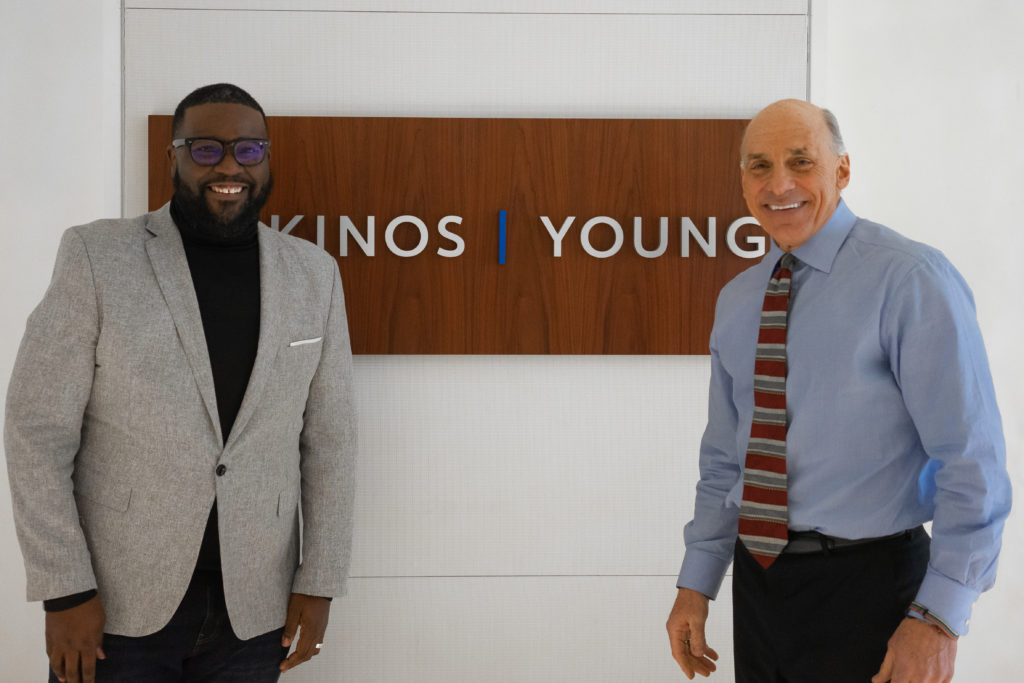
About Cokinos | Young
For 32 years, Cokinos Young has led the way in smart, knowledgeable construction & commercial real estate law. Today, our team of over 100 dedicated professionals provides all aspects of construction law to general contractors, project managers, design professionals, subcontractors, material and equipment suppliers, sureties, insurance companies, owner/developers, and lenders. We provide both transactional and litigation services to clients in commercial, industrial, civil, pipeline, offshore, heavy highway, and residential construction. And we’re growing beyond Texas with offices open coast-to-coast. Savvy. Tough. Dedicated. That’s Cokinos. Learn more at cokinoslaw.com.
Cokinos | Young Elevates Three New Attorneys to Principal
Cokinos | Young is pleased to announce that Marshall Holmes (Houston), Jas Samra (San Francisco) and Darrell Taylor (Houston) have been promoted to Principal in recognition of their commitment to their clients and the firm, hard work and dedication.
“This class of Principals embody our core values and are committed to efficiency, value and client service,” said founding partner Gregory Cokinos. “These are the future leaders of the firm and they have earned the respect of our clients and principals. We look forward to their continued contributions to our success.”
“All three attorneys deliver the highest quality of work for our clients and have proven themselves as critical members of our Cokinos | Young Family,” said founding partner Marc Young. “We are fortunate and grateful to welcome each of them as Principal.”
Congratulations Marshall, Jas and Darrell. We are proud to have you all as part of our Cokinos | Young family.
Cokinos | Young has been recognized among the Best Law Firms in America by U.S. News World and Report and Best Lawyers’ 2022

Cokinos | Young is pleased to announce that the firm has been ranked by U.S. News and Best Lawyers® as “Best Law Firm” in the following categories:
- National Tier 1 for Construction Litigation
- National Tier 2 for Appellate Practice
- National Tier 2 for Construction Law
- Metropolitan Tier 1 (Austin) for Construction Law
- Metropolitan Tier 1 (Austin) for Construction Litigation
- Metropolitan Tier 1 (Dallas/Fort Worth) for Insurance Law
- Metropolitan Tier 1 (Dallas/Fort Worth) for Construction Litigation
- Metropolitan Tier 1 (Houston) for Appellate Practice
- Metropolitan Tier 1 (Houston) for Construction Law
- Metropolitan Tier 1 (Houston) for Construction Litigation
- Metropolitan Tier 1 (Houston) for Personal Injury Litigation – Defendants
- Metropolitan Tier 1 (San Antonio) for Construction Law
- Metropolitan Tier 1 (San Antonio) for Construction Litigation
- Metropolitan Tier 2 (Austin) for Appellate Practice
- Metropolitan Tier 2 (Houston) for Commercial Litigation
- Metropolitan Tier 2 (San Antonio) for Litigation
Firms included in the 2022 “Best Law Firms” list are recognized for professional excellence with persistently impressive ratings from clients and peers. Achieving a Tier 1 ranking signals a unique combination of quality law practice and breadth of legal expertise.
To be eligible for a ranking, a firm must have one lawyer listed in The Best Lawyers in America, which recognizes the top four percent of practicing attorneys in the United States. Cokinos | Young has 16 lawyers listed in The Best Lawyers in America – Gregory Cokinos, Patrick Wielinski, Stephanie O’Rourke, Parker Fauntleroy, John Grayson, John Warren, Charles Getman, Jay Farwell, Dana Livingston, Roger Townsend, Stanley Curry, Stephanie Cook, Shelly Masters, Patrick Garner, Bryan Marshall, Darrell Taylor, and Robert MacPherson. Over 13,000 attorneys provided more than 1,000,000 law firm assessments, and over 7,500 clients provided more than 65,000 evaluations.
ABOUT “BEST LAW FIRMS” The U.S. News – Best Lawyers® “Best Law Firms” rankings are based on a rigorous evaluation process that includes the collection of client and lawyer evaluations, peer review from leading attorneys in their field, and review of additional information provided by law firms as part of the formal submission process. To be eligible for a ranking, a law firm must have at least one lawyer listed in The Best Lawyers in America list for that particular location and specialty.
ABOUT U.S. NEWS & WORLD REPORT U.S. News & World Report is a digital news and information company that empowers people to make better, more informed decisions about important issues affecting their lives. Focusing on Education, Health, Personal Finance, Travel, Cars, and News & Opinion, USNews.com provides consumer advice, rankings, news, and analysis to serve people making complex decisions throughout all stages of life. More than 37 million people visit USNews.com each month for research and guidance. Founded in 1933, U.S. News is headquartered in Washington, D.C.
ABOUT BEST LAWYERS Best Lawyers is the oldest and most respected attorney ranking service in the world. For more than 30 years, Best Lawyers has assisted those in need of legal services to identify the attorneys best qualified to represent them in distant jurisdictions or unfamiliar specialties. Best Lawyers lists are published in leading local, regional, and national publications across the globe. The Best Lawyers in America list recognizes the very best lawyers in each practice area and metropolitan region in the country.
Construction Termination Dispute to Be Heard By the Texas Supreme Court
On June 11, 2021, the Texas Supreme Court granted oral argument in a construction dispute that will significantly affect the construction industry and its professionals. General contractor James Construction Group, LLC and its parent company Primoris Services Corporation, both represented by Cokinos | Young, seek enforcement of an unambiguous termination-for-default provision that requires three separate owner-provided written notices before effective termination for default. Among the issues that Cokinos | Young has asked the Texas Supreme Court to address is whether an owner must strictly comply with the agreed-upon express conditions precedent to its right to terminate its contract with the general contractor for default and recover damages from the general contractor, or whether “substantial” compliance with those conditions is sufficient. The date of oral argument has not yet been announced. The Texas Supreme Court’s decision will have long-term impacts on contracts for construction projects, so follow closely. See James Construction Group, LLC & Primoris Services Corporation v. Westlake Chemical Corporation, No. 20-0079.
17 Cokinos | Young Attorneys Ranked in the 2021 Edition of Texas’ Best Lawyers®

Congratulations to the 17 Cokinos | Young lawyers listed in the 2021 Edition of Texas’ Best Lawyers®. Best Lawyers is the oldest and most respected guide to the legal profession in the world. For almost 40 years, Best Lawyers has assisted those in need of legal services to identify the lawyers best qualified to represent them in distant jurisdictions or unfamiliar specialties. Best Lawyers lists are published in leading local, regional, and national publications across the globe.
- Gregory M. Cokinos – Commercial Litigation, Construction Law
- Pat J. Wielinski – Insurance Law, Construction Law
- Stephanie L. O’Rourke – Construction Law
- Stephanie H. Cook – Construction Law
- Stanley W. Curry – Construction Law
- Jay K. Farwell – Commercial Litigation, Construction Law
- W. Patrick Garner – Construction Law
- Charles Getman – Construction Law
- John L. Grayson – Construction Law, Personal Injury Defense Litigation (D)
- Dana Livingston – Appellate
- Shelly Masters – Construction Law
- Roger D. Townsend – Appellate Practice
- John C. Warren – Construction Law
- J. Parker Fauntleroy – Personal Injury Defense Litigation (D)
One’s to Watch
Cokinos | Young Ranked 2nd by CE’s Top 50 Construction Law Firms™

Cokinos | Young is pleased to announce that the firm has been recognized by Construction Executive magazine in The Top 50 Construction Law Firms™ for 2021. Construction Executive ranked C|Y 2nd among the top 50 construction practices in the country. Cokinos | Young is known for its commitment and expertise in the construction industry. Read the full article here.
About Construction Executive
Construction Executive is the magazine for the business of construction. It reaches more than 55,000 commercial, industrial and institutional contractors and construction-related business owners and has won more than 20 editorial awards. Since first being published by Associated Builders and Contractors Services Corp. in 2003, the magazine has served as the leading source for news, market developments and business issues impacting the construction industry. Each issue includes articles designed to help owners and top managers run a more profitable and productive construction business, covering hot-button issues such as workforce development, insurance, estimating, project management, safety and liability, technological advancements and legislative action. For more information, visit www.constructionexec.com.
Cokinos | Young and Chambers Webinar: Risks and Rewards of Contracting in Texas
Everything you need to know when it comes to contracting in Texas.
We have teamed up with Chambers and Partners to host a free webinar that discusses the Risks and Rewards of Contracting in Texas. Our President and CEO, Gregory M. Cokinos and Principal, Stephanie H. Cook along with James Haggerty with Chambers and Partners to discussed the following key areas:
- Public and private entity claim resolution
- Prompt pay and enforcement protocols
- Contingent payment provisions
- Trends in Texas construction
- Impact of COVID-19 on business operations in the state




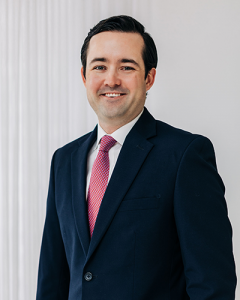



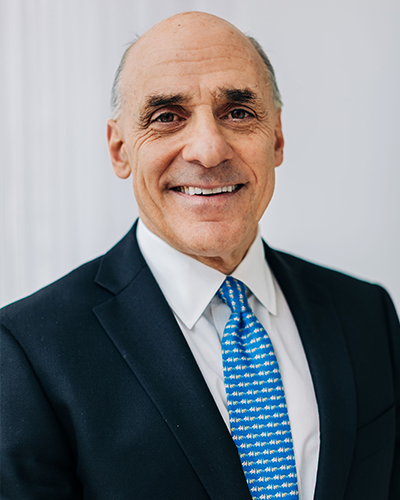




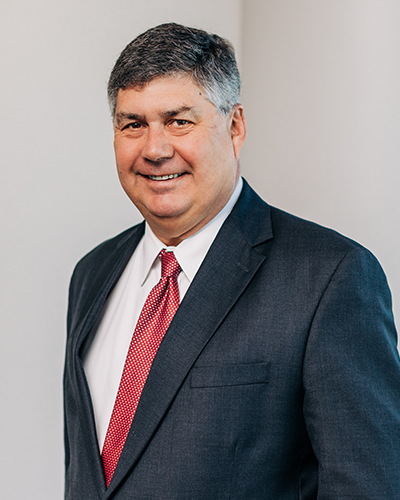


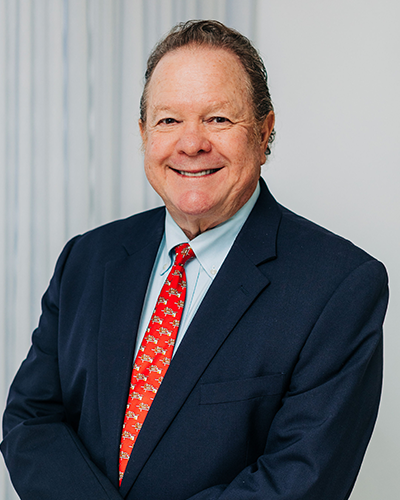







Recent Comments